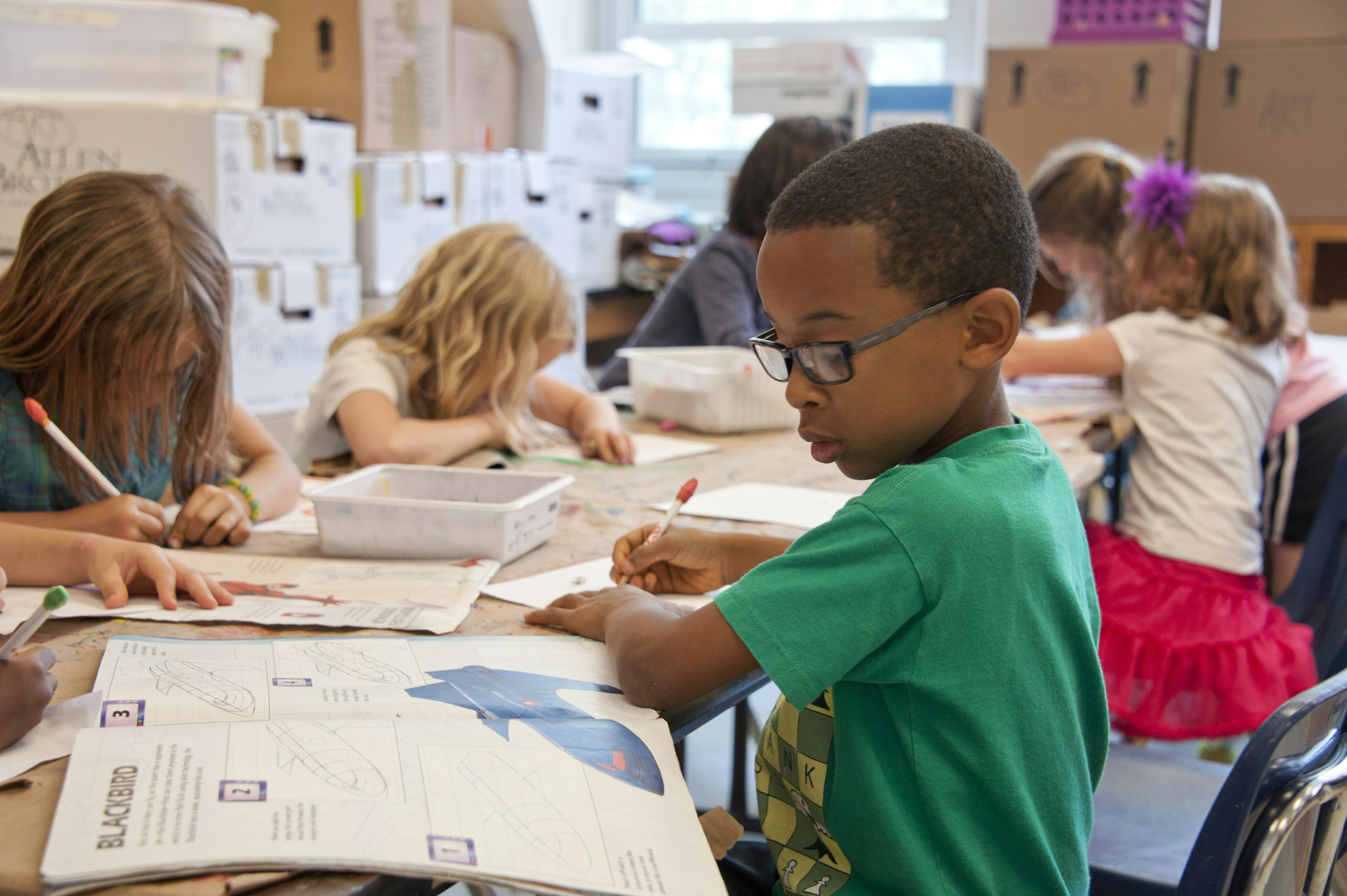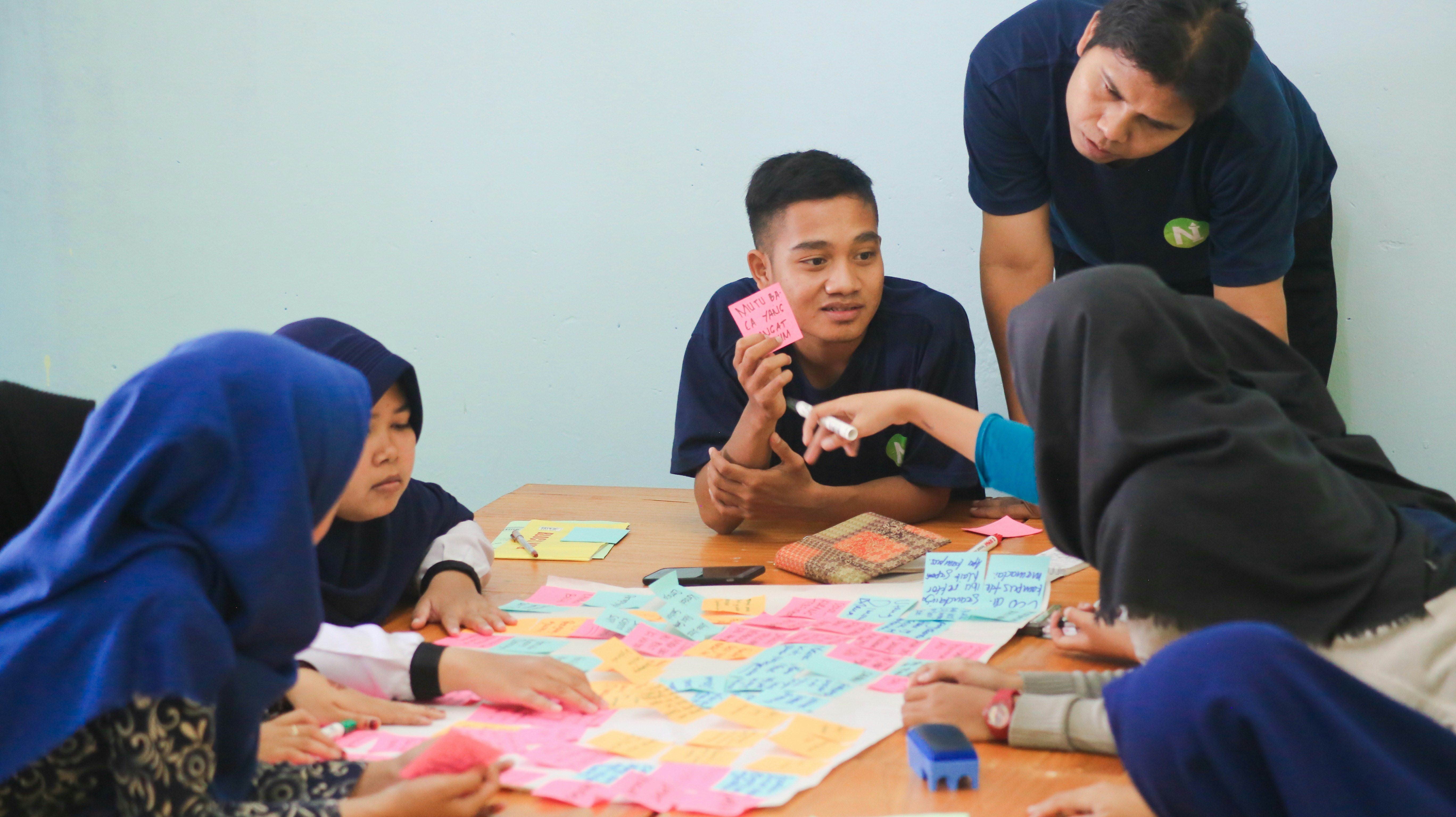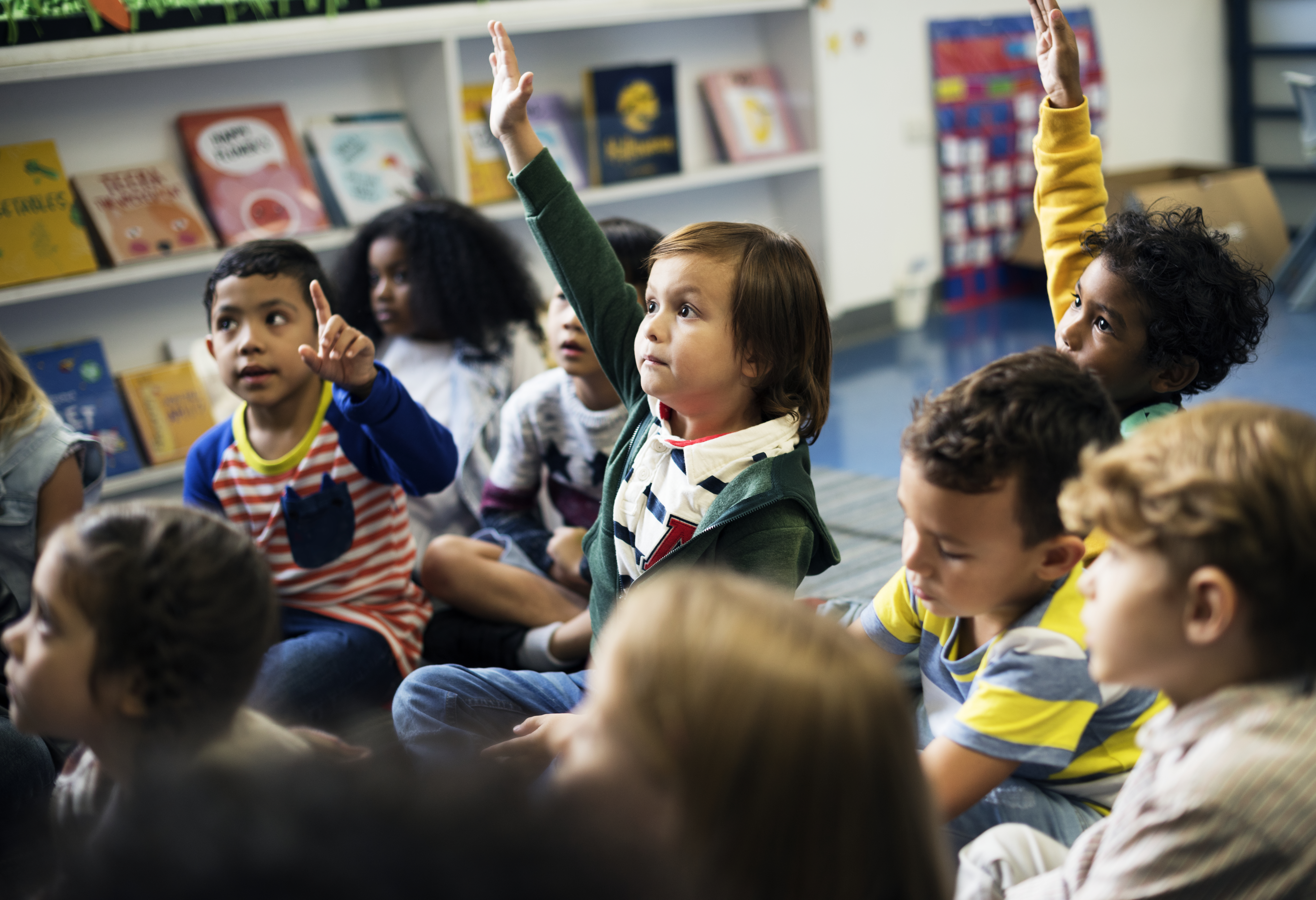TL;DR
An active classroom is a dynamic ecosystem that prioritizes student interaction, curiosity, and collaboration, contrasting with passive learning environments. This article argues that classroom icebreaker activities and intentional fun activities for students are critical to cultivating such spaces, alongside tools that enhance connectivity. Icebreakers lay the foundation by reducing emotional barriers and building trust, with scientific backing from APA research showing social interactions in relaxed settings alleviate academic stress. Fun activities, integrated into curriculum across subjects, sustain engagement by tapping into intrinsic motivation, turning learning into an adventure. The article further discusses nurturing a classroom culture that reinforces active learning through rituals, addresses challenges like inclusivity and energy management, and outlines signs of a thriving active classroom, such as increased participation and deeper understanding. By leveraging these strategies and tools like NearHub, educators can transform their classrooms into environments where active learners flourish.
An active classroom is more than just a space with desks and whiteboards—it’s a dynamic ecosystem where energy, curiosity, and collaboration collide. Unlike traditional settings where students passively absorb information, an active classroom puts learners at the center, encouraging them to speak, question, create, and connect. At its core, this environment thrives on interaction: between peers, between students and teachers, and between individuals and ideas.
But what makes such a classroom successful? Tools that enhance audio and video experiences can play a role in fostering connectivity. Additionally, classroom icebreaker activities and intentional fun activities for students in the classroom are equally crucial. Icebreakers melt awkwardness, build trust, and set a tone of inclusivity, while ongoing fun activities transform learning from a chore into an adventure. Together, they nurture active learners—students who don’t just listen, but engage; who don’t just memorize, but apply; who don’t just participate, but lead. In this article, we’ll explore how to leverage these elements to craft an active classroom where every student thrives.

Breaking the Ice: How Classroom Icebreaker Activities Lay the Groundwork
Classroom icebreaker activities are the first step in transforming a group of strangers (or even familiar faces in a new setting) into a cohesive community. They’re not just “time-wasters” or “games”—they’re strategic tools that lower emotional barriers, encourage vulnerability, and create a safe space for participation. For active learners to emerge, students must feel comfortable taking risks, and icebreakers pave the way.
1. The Science Behind Icebreakers: Why They Work
Neuroscience tells us that social connection activates the brain’s reward centers, releasing oxytocin—a hormone that reduces stress and increases trust. The American Psychological Association (APA) states in its research related to "Stress and Health" that social interactions and a relaxed atmosphere in the classroom help alleviate students’ academic stress. And classroom icebreaker activities, by promoting communication among classmates, can create such a positive environment, thereby enhancing learning effectiveness. When students laugh together during an icebreaker or discover shared interests, they’re more likely to engage in future discussions, ask questions, and support one another’s learning. For shy or anxious students, icebreakers provide low-stakes opportunities to speak up, building confidence that translates to bigger contributions later.
2. Top Classroom Icebreaker Activities for Every Age
Two Truths and a Lie (Adapted): A classic with a twist—students share two true facts and one lie about their hobbies or learning preferences (e.g., “I can play the piano,” “I hate math,” “I’ve visited three countries”). The class guesses the lie, sparking conversations about interests and dispelling stereotypes. With tools like NearHub Air and Tail, students can easily share visual aids related to their statements, such as photos from their devices, making the activity more engaging.
Human Bingo: Create bingo cards with prompts like “Has a pet,” “Loves science experiments,” or “Can speak more than one language.” Students mingle to find peers who fit each category, encouraging them to interact with classmates they might not normally talk to.
Collaborative Art: Provide a large sheet of paper and markers. Ask students to draw something that represents their favorite way to learn (e.g., reading, hands-on projects, group work) and add it to the collective piece. The result is a visual snapshot of the class’s diverse strengths, fostering appreciation for different learning styles.
Speed Networking: Pair students for 2-minute conversations using prompts like “What’s one thing you wish teachers knew about learning?” Rotate pairs to maximize interactions.

3. Icebreakers as a Foundation for Active Learners
The goal of classroom icebreaker activities isn’t just to have fun—it’s to create a culture where students feel seen. When a student realizes their classmate shares their love for coding or their fear of public speaking, they’re more likely to collaborate during group projects or ask for help. Over time, this sense of community turns passive observers into active learners who contribute ideas, challenge assumptions, and take ownership of their education.
Beyond Icebreakers: Sustaining Engagement with Fun Activities for Students in the Classroom
While icebreakers set the stage, fun activities for students in the classroom keep the momentum going. These activities are intentionally designed to align with curriculum goals while infusing joy into learning. They transform abstract concepts into tangible experiences, making lessons memorable and encouraging active learners to dive deeper.

1. The Difference Between Icebreakers and Ongoing Fun Activities
Icebreakers are short, relationship-focused, and often unrelated to specific content. They’re ideal for the first day of class, after a break, or when a new group forms. In contrast, fun activities for students in the classroom are longer, content-driven, and integrated into lessons. They turn textbook chapters into games, lectures into role-plays, and quizzes into competitions—all while reinforcing key skills.
2. Fun Activities for Students in the Classroom: Subject-Specific Examples
For Language Arts:
● Story Chain: Start a story with a sentence (e.g., “The librarian found a mysterious book under the desk…”). Students take turns adding a sentence, building a collaborative narrative. This activity enhances creativity, listening skills, and grammar usage.
● Character Debates: Assign students roles from a novel (e.g., Romeo and Juliet arguing about their families’ feud). They must defend their character’s actions using evidence from the text, boosting critical thinking and public speaking skills. For remote participants, tools that ensure clear audio and video, like NearHub Broad S Pro, can help them join seamlessly.
For Math:
● Math Scavenger Hunt: Hide problem-solving tasks around the classroom (e.g., “Find the area of the whiteboard” or “Solve 3x + 5 = 20”). Students work in teams to solve them, turning equations into a playful challenge.
● Board Game Creation: Have students design a board game where players answer math questions to move forward. This activity reinforces concepts like fractions or algebra while encouraging creativity.
For Science:
● Mystery Experiments: Present students with a phenomenon (e.g., “Why does ice melt faster in salt water?”) and provide materials to test hypotheses. They record observations and present their findings, acting as real scientists.
● Ecosystem Role-Play: Assign roles (e.g., deer, wolves, plants) in a food web. Students “interact” to simulate how changes in one population affect others, making ecological concepts concrete.

For Social Studies:
● Time Travelers’ Debate: Students research a historical event (e.g., the signing of the Declaration of Independence) and debate it from the perspectives of key figures (e.g., colonists, British officials). This builds empathy and historical knowledge.
● Map Challenges: Give teams a blank map and a list of clues (e.g., “This country is known for pyramids”). They race to label the map correctly, turning geography into a friendly competition.
3. How Fun Activities Cultivate Active Learners
Fun activities for students in the classroom tap into intrinsic motivation—the desire to learn for the sake of enjoyment, not just grades. When students are excited about a task, they’re more likely to ask questions, experiment with new approaches, and persist through challenges. For example, a student who struggles with math might suddenly engage in a scavenger hunt, eager to solve problems to help their team win. Over time, this positive association with learning turns them into active learners who seek out opportunities to grow.
From Activities to Culture: Nurturing Active Learners in the Active Classroom
Icebreakers and fun activities are powerful, but they’re most effective when they’re part of a larger culture—one that consistently prioritizes interaction, curiosity, and student agency. An active classroom isn’t built in a day; it’s a mindset that shapes every lesson, conversation, and interaction.

1. Creating Rituals That Reinforce Active Learning
● Daily Check-Ins: Start class with a quick icebreaker-like question (e.g., “What’s one thing you’re excited to learn today?”) to get students talking. This ritual signals that their voices matter.
● Weekly “Student-Led” Activities: Let active learners design a 10-minute fun activity related to the week’s lesson. For example, a student interested in music could create a song to help the class memorize multiplication tables.
● Reflection Circles: End class with a circle where students share one thing they learned, one thing they struggled with, and one thing they’re curious about. This builds meta-cognition and encourages students to take ownership of their progress.
2. Addressing Challenges in the Active Classroom
● Balancing Fun and Rigor: Some educators worry that fun activities will distract from learning, but the opposite is true. When students are engaged, they retain information better. To strike a balance, align every activity with clear learning objectives. For example, a debate about a novel should require students to cite text evidence, ensuring they practice critical analysis.
● Including All Students: Not every student thrives in loud, competitive activities. Offer options: a shy student might prefer to write down their ideas for a story chain instead of sharing aloud, or a competitive student could lead their team in a math scavenger hunt. The goal is to make sure every student feels comfortable participating.
● Managing Energy Levels: An active classroom can get noisy, but that’s a sign of engagement. Set clear expectations (e.g., “Raise hands during debates” or “Use inside voices during group work”) to keep energy productive. If things get too chaotic, pause for a 2-minute “calm-down” activity, like a quick breathing exercise or a silent puzzle.
3. Measuring Success: Signs of a Thriving Active Classroom
● Increased Participation: More students volunteer answers, ask questions, and contribute to group work.
● Positive Attitudes: Students talk about class with excitement (“Can we do the science mystery again tomorrow?”) and show resilience when challenged (“Let’s try a different strategy”).
● Deeper Understanding: Assessments reveal that students don’t just recall facts—they can apply concepts to new situations. For example, after a role-play about ecosystems, students can explain how deforestation affects local wildlife.
Conclusion: Action Steps to Craft Your Active Classroom
An active classroom isn’t a luxury—it’s a necessity for nurturing the next generation of critical thinkers, collaborators, and problem-solvers. By integrating classroom icebreaker activities to build community, fun activities for students in the classroom to sustain engagement, and leveraging tools like NearHub Rooms to enhance connectivity, you can transform your space into one where active learners thrive.
Start small: Try one icebreaker on the first day, then incorporate a weekly fun activity aligned with your curriculum. Observe how students respond, and adjust based on their interests—if they love debates, do more of those; if they prefer hands-on projects, lean into experiments. Remember, the goal isn’t perfection—it’s progress.
Over time, you’ll notice a shift: students will arrive excited to learn, support one another growth, and take pride in their classroom. That’s the power of an active classroom—where fun, connection, and learning go hand in hand. Now, it’s time to take action and craft yours.








